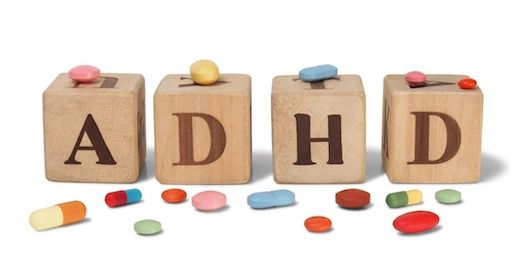Article
Academy Questions Value of QEEG in Attention-Deficit Disorder
Author(s):
Quantitative EEG is not the way to diagnose ADHD, guidelines say.

The use of quantitative EEG (QEEG) to help diagnose attention-deficit/hyperactivity disorder (ADHD) is not supported by evidence, according to a new assessment and practice guideline from the American Academy of Neurology (AAN).
According to Katie Shepard, AAN Director of Medical Economics, and colleagues expressed in recent commentary on the AAN assessment, the test "is not ready for routine clinical use".
"Rather, it is best used in formal structured research investigations that may better define its role, if any," Shepard said.
The QEEG that has been promoted as a diagnostic aid for ADHD is the theta/beta activity ratio (TBR), measured at a scalp vertex site. The TBR has been incorporated into commercially available, FDA approved instrumentation, which can display it as "low", "moderate, " or "high" without numeric value, albeit with age-adjusted norms.
Shepard and colleagues highlighted that the terms of the FDA approval precludes its use as a stand-alone test, whether a routine EEG has shown any abnormalities, or even if there is a history of seizure or use of anti-seizure medication.
The AAN guideline recommended further considerations of its use, including the risk of misdiagnosed ADHD from the high rate of false-positives that was found in the assessment.
According to the guideline, "Clinicians should inform patients with suspected ADHD and their families that the TBR should be used neither to confirm an ADHD diagnosis nor to support further testing after a clinical evaluation”.
Shepard and colleagues noted that the AAN assessment was critical of many of the studies supporting TBR testing, including a large recent study that was faulted by the AAN for methodology and for the authors' involvement with TBR commercialization.
"It seems wise to wait for further studies from investigators who do not have a commercial conflict of interest," Shepard and colleagues remarked, "who could run a study with a better gold standard, and in which other disorders and normal controls could be assessed."
While the initial studies of TBR as a diagnostic test were generally supportive, the AAN found that subsequent studies showed the test to be less accurate, or were unable to reproduce the earlier findings. One meta-analysis of a decade of TBR research found that the reported TBR diagnostic effect decreased with each subsequent study publication year.
Besides issues with study methodology, Shepard and colleagues point out several problems with the use TBR testing as a diagnostic measure. They note that many pathologic conditions cause excess central theta, including simple drowsiness. In addition, EEG is subject to normal variations without pathological implications.
Although TBR may increase in some children with ADHD, Shepard and colleagues suggested that the increase might occur in only a particular subtype, (inattentive), and that it can disappear in older children and adolescents and actually reverse in adults. Interestingly, the AAN assessment found TBR does not differentiate well between ADHD and normal controls. It yielded both false-positive and false-negative results, though the effect of comorbid disorders on TBR is unknown.
The commentary on the AAN guideline by Shepard and colleagues “Quantitative EEG in Attention-deficit/Hyperactivity Disorder” was published in the December issue of Neurology: Clinical Practice
Related Coverage:
ADHD as a Diagnostic Chameleon: Developing a Systematic Approach to Differential Diagnosis
Unique Brain Patterns Spotted in Children with Comorbid ADHD and Epilepsy





